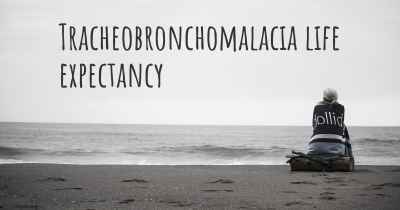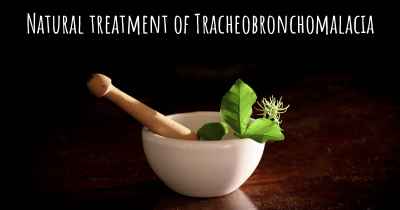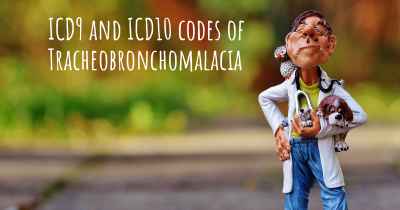Tracheobronchomalacia diet. Is there a diet which improves the quality of life of people with Tracheobronchomalacia?
Are you aware of a diet that can improve the quality of life of people with Tracheobronchomalacia? Is there a diet that is suggested to avoid when having Tracheobronchomalacia? See if there is a diet that can improve the quality of life of people with Tracheobronchomalacia, recommended and to avoid food when having Tracheobronchomalacia

Tracheobronchomalacia Diet: Improving Quality of Life
Tracheobronchomalacia (TBM) is a condition characterized by the weakening or collapse of the airway walls, specifically the trachea and bronchi. This can lead to various respiratory symptoms such as difficulty breathing, chronic cough, and recurrent respiratory infections. While there is no specific diet that can cure or reverse TBM, adopting a healthy and balanced eating plan can help improve the overall quality of life for individuals with this condition.
The Importance of a Balanced Diet
A balanced diet is crucial for everyone, but it holds particular significance for individuals with TBM. A well-rounded eating plan can help strengthen the immune system, maintain a healthy weight, and reduce the risk of complications associated with respiratory conditions.
Key Nutrients for Tracheobronchomalacia
While there are no specific dietary guidelines for TBM, focusing on certain nutrients can be beneficial:
- Protein: Adequate protein intake is essential for tissue repair and immune function. Include lean meats, poultry, fish, eggs, dairy products, legumes, and plant-based protein sources in your diet.
- Fruits and Vegetables: These are rich in antioxidants, vitamins, and minerals that support overall health. Aim for a variety of colorful fruits and vegetables to ensure a wide range of nutrients.
- Omega-3 Fatty Acids: Found in fatty fish (such as salmon and mackerel), walnuts, flaxseeds, and chia seeds, omega-3 fatty acids have anti-inflammatory properties that may help reduce airway inflammation.
- Fiber: Consuming an adequate amount of fiber from whole grains, fruits, vegetables, and legumes can promote healthy digestion and prevent constipation, which can worsen respiratory symptoms.
- Fluids: Staying hydrated is important for thinning mucus secretions and preventing dehydration. Aim to drink plenty of water throughout the day, and limit or avoid sugary beverages and excessive caffeine.
Considerations for Tracheobronchomalacia
While a balanced diet is generally recommended, individuals with TBM may have specific considerations to keep in mind:
- Meal Size and Frequency: Eating smaller, more frequent meals can help prevent excessive fullness and pressure on the airways. This can make breathing easier and reduce discomfort.
- Chewing and Swallowing: Some individuals with TBM may experience difficulty chewing or swallowing due to weakened airway walls. In such cases, it may be helpful to choose softer foods or modify the texture of meals to make them easier to consume.
- Food Allergies and Sensitivities: Allergies or sensitivities to certain foods can exacerbate respiratory symptoms. If you suspect any food triggers, it is advisable to consult with a healthcare professional or registered dietitian to identify and manage them effectively.
- Weight Management: Maintaining a healthy weight is important for individuals with TBM. Excess weight can put additional strain on the airways, making breathing more difficult. If weight management is a concern, seek guidance from a healthcare professional or registered dietitian to develop a personalized plan.
Additional Lifestyle Recommendations
In addition to a balanced diet, certain lifestyle modifications can further enhance the quality of life for individuals with TBM:
- Exercise: Regular physical activity, as tolerated, can help improve lung function and overall fitness. Consult with a healthcare professional to determine appropriate exercises and intensity levels.
- Smoking Cessation: If you smoke, quitting is crucial for respiratory health. Smoking can worsen TBM symptoms and increase the risk of respiratory infections.
- Stress Management: Stress can exacerbate respiratory symptoms. Engaging in relaxation techniques, such as deep breathing exercises, meditation, or yoga, can help reduce stress levels and improve overall well-being.
- Medical Follow-up: Regular check-ups with healthcare professionals specializing in respiratory conditions are essential for monitoring TBM and adjusting treatment plans as needed.
Disclaimer: It is important to note that this information is not a substitute for professional medical advice. Individuals with TBM should consult with their healthcare provider or a registered dietitian for personalized dietary recommendations based on their specific needs and medical history.
Posted Jul 30, 2017 by KimG 1200








